CO removal catalyst (Honeycomb)
The CO removal catalyst (Honeycomb) utilizes cordierite honeycomb ceramic as its carrier and is formulated with a range of rare earth metals to create a highly active catalyst. The CO removal catalyst (Honeycomb) manufactured by Hunan Xintan boasts exceptional structural strength, robust surface coating adhesion, and resistance to detachment. This catalyst is not only effective in treating carbon monoxide in flue gas but also exhibits high catalytic performance under chlorine-containing working conditions. It can be utilized for the treatment of chlorine-containing organic waste gas, making it widely applicable in the processing of steel flue gas, lime kiln flue gas, waste incineration smoke, and other types of smoke.
Model: XT-051
Characteristic: high structural strength; strong surface coating adhesion; not easy to fall off.
Specifications: 100 x 100 x 50mm or customized
Index: See product details for specific parameters
Package: carton
Application area: used to treat carbon monoxide in flue gas, but also has high catalytic performance in chlorine-containing working conditions, and can be used for the treatment of chlorine-containing organic waste gas, and is widely used in the treatment ofsteel flue gas
Product Overview
- Introduction to the Product
The CO removal catalyst (Honeycomb) employs cordierite honeycomb ceramic as its substrate and is formulated with a range of rare earth metals to create a highly active catalyst. The CO removal catalyst (Honeycomb) manufactured by Hunan Xintan exhibits remarkable structural integrity, robust surface coating adhesion, and resistance to detachment. This catalyst is not only effective in addressing carbon monoxide in flue gas but also demonstrates superior catalytic performance under chlorine-rich working environments. As a result, it can be effectively used to treat chlorine-containing organic waste gas, finding widespread applications in the purification of steel flue gas, lime kiln flue gas, waste incineration smoke, and various other types of smoke.
2)Parameters
| Appearance | Black honeycomb |
| Ingredients | Mn, Zr, etc. |
| Carrier | Cordierite honeycomb ceramic, square, 200cpi |
| Size | 100 x 100 x 50mm or customized |
| Bulk density | 560 g/L± 50 |
| Total active load | 50~60g/L±0.5or customized |
| Recommended GHSV | 8000~20000h-1(depends on the working conditions) |
| Recommended wind speed | <1.5 m/s |
| Working temperature range | 120~350℃ |
| Maximum short-time temperature resistance | 600℃ |
| Efficiency | >95% |
| Compressive strength | ≥10MPa |
| Desorption temperature | ≤120℃ |
| Service life | 2-3 years |
- Applications
The CO removal catalyst (Honeycomb) is specifically designed for the treatment of carbon monoxide in flue gas. It is suitable for use in environments where halogen, sulfur, and excessive dust are absent, as these factors can interfere with the exhaust gas treatment process. The catalyst is widely utilized in the purification of steel flue gas, lime kiln flue gas, waste incineration flue gas, and various other types of flue gas.
- Remarks:
A) Ensure protection from water and dust during storage, and seal the catalyst at room temperature.
B) The waste gas must be free from sulfur, phosphorus, arsenic, lead, mercury, other halogens apart from chlorine (fluorine, bromine, iodine, astatine), heavy metals, resins, high boiling point polymers, high viscosity polymers, and other toxic chemical elements or substances.
C) Handle the catalyst with care, ensuring that the direction of the catalyst holes aligns with the airflow direction during installation. Place the catalyst securely without any gaps.
D) If the catalyst activity decreases over time, consider switching the catalytic bed back and forth or up and down. Alternatively, increasing the working temperature of the catalytic chamber may be beneficial.
E) The catalyst must be moisture-proof and should not be exposed to water soaking or washing.
Be the first to review “CO removal catalyst (Honeycomb)” Cancel reply
You must be logged in to post a review.
Related products
Gas catalyst
Gas catalyst


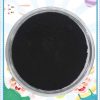

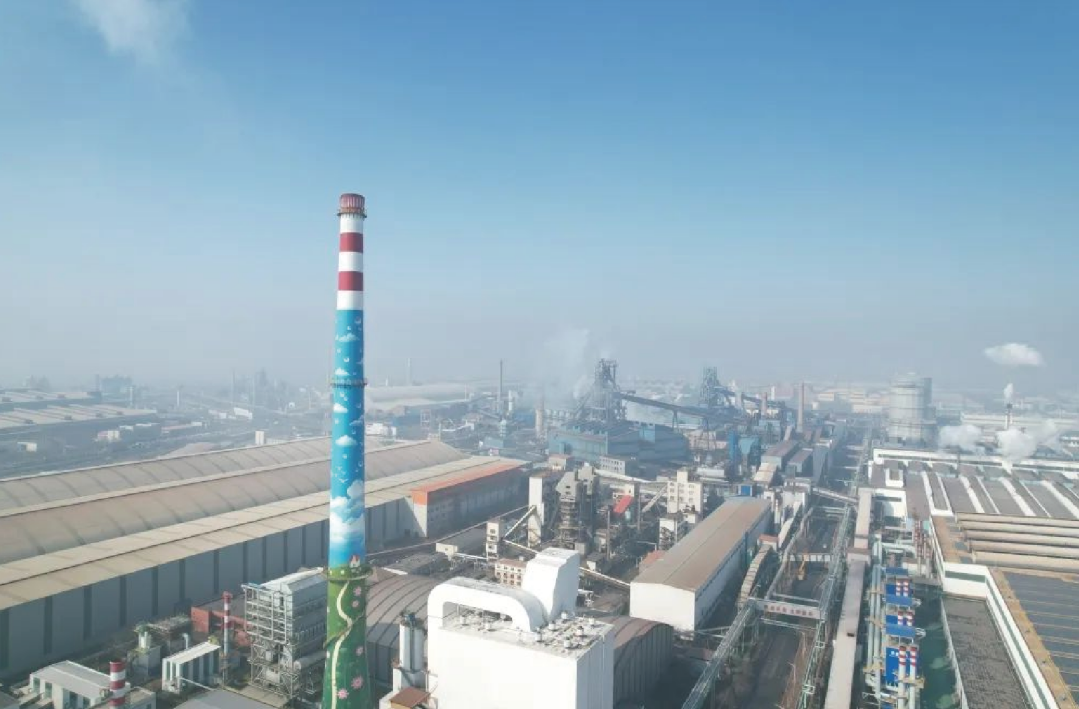
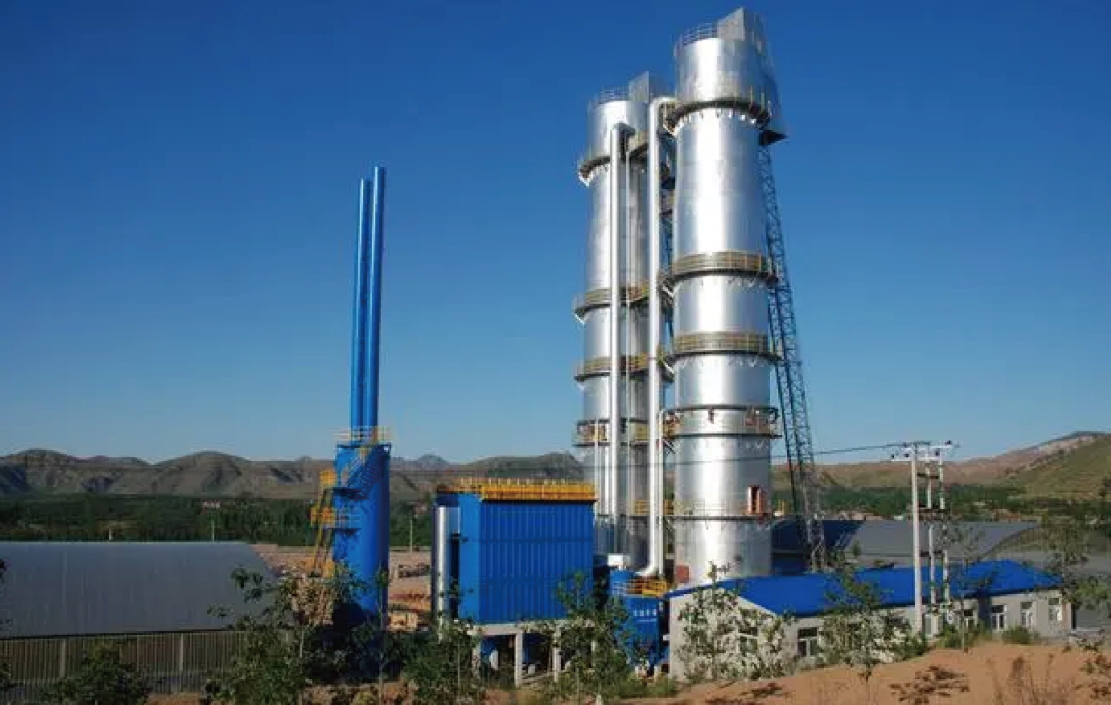

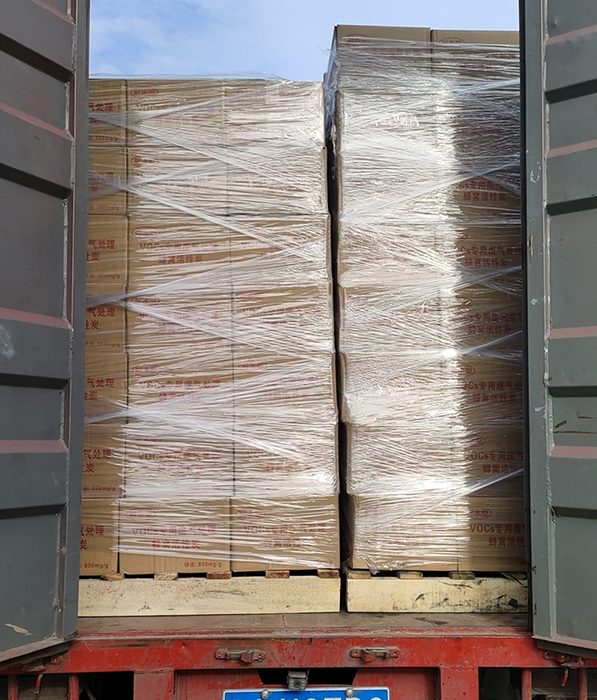
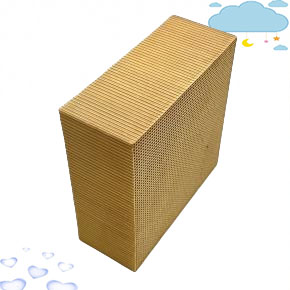
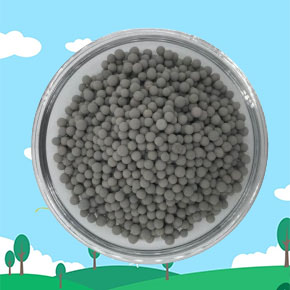
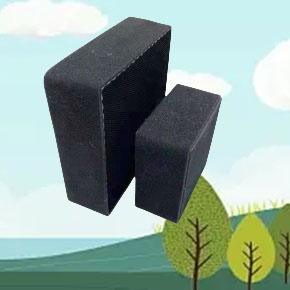
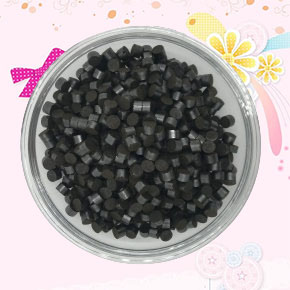
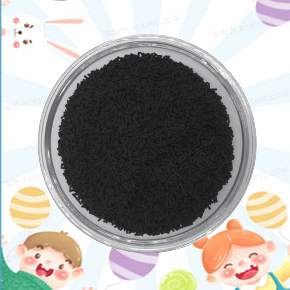
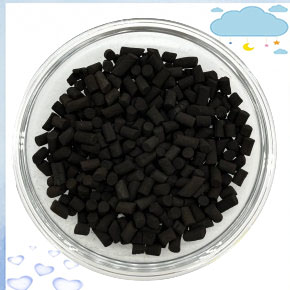
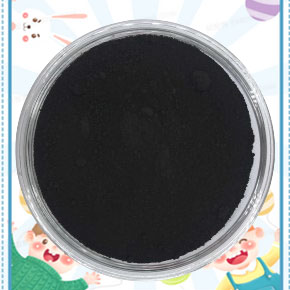

Reviews
There are no reviews yet.